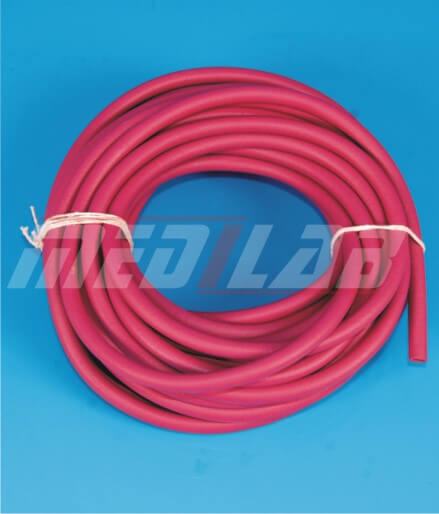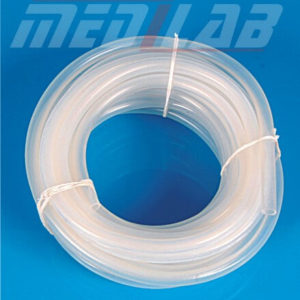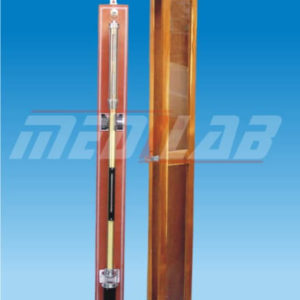Description
High Pressure Rubber Tubing is a flexible and durable laboratory tubing designed for the safe transfer of liquids and gases under high pressure. Made from reinforced synthetic rubber, it offers excellent strength, chemical resistance, and reliability for demanding laboratory applications.







